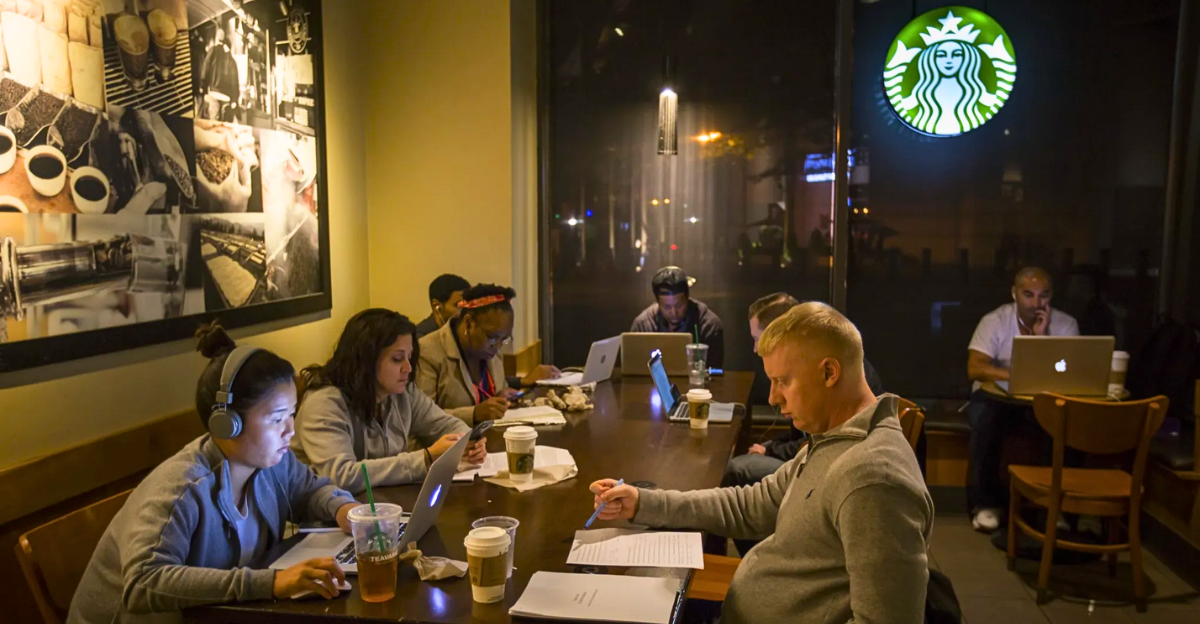
In an effort to combat the unforeseen repercussions of its own app-centric growth strategy, Starbucks is renovating over 1,000 of its cafés this year, marking one of the most significant strategic shifts in the history of retail coffee in the United States. Starbucks’ initial digital push, which was once praised as a sign of innovation, sped up ordering times while undermining the welcoming, social café ambiance that served as the foundation of its brand.
The business understands that creating “living rooms” where clients feel appreciated and connected leads to long-term brand loyalty that goes beyond transactions. Such a philosophy acknowledges people’s innate need for social rituals in an increasingly virtual world and aligns with calls throughout the industry to re-balance technology use with emotional experience.
The Development and Repercussions of “App America”

Starbucks became a digital powerhouse by taking advantage of the mobile app revolution early on, and by 2021, it had more than 31 million app users. This increased yearly digital card reloads to over $15 billion by enabling smooth prepayment, order customization, and gamification of loyalty points. Darker customer sentiments, however, were concealed beneath the shiny metrics; closer examination showed that many users felt duped by the constant auto-reload prompts and the cryptic promotional mechanisms.
As a result, alienation rather than attachment started to result from the “App America” movement, which was characterized by unrelenting digital convenience. Starbucks’ predicament is representative of a larger digital paradox: consumers rebel when convenience turns into coercion, compelling companies to reevaluate how technology enhances rather than replaces the human element of service.
The Café as a Technological Casualty
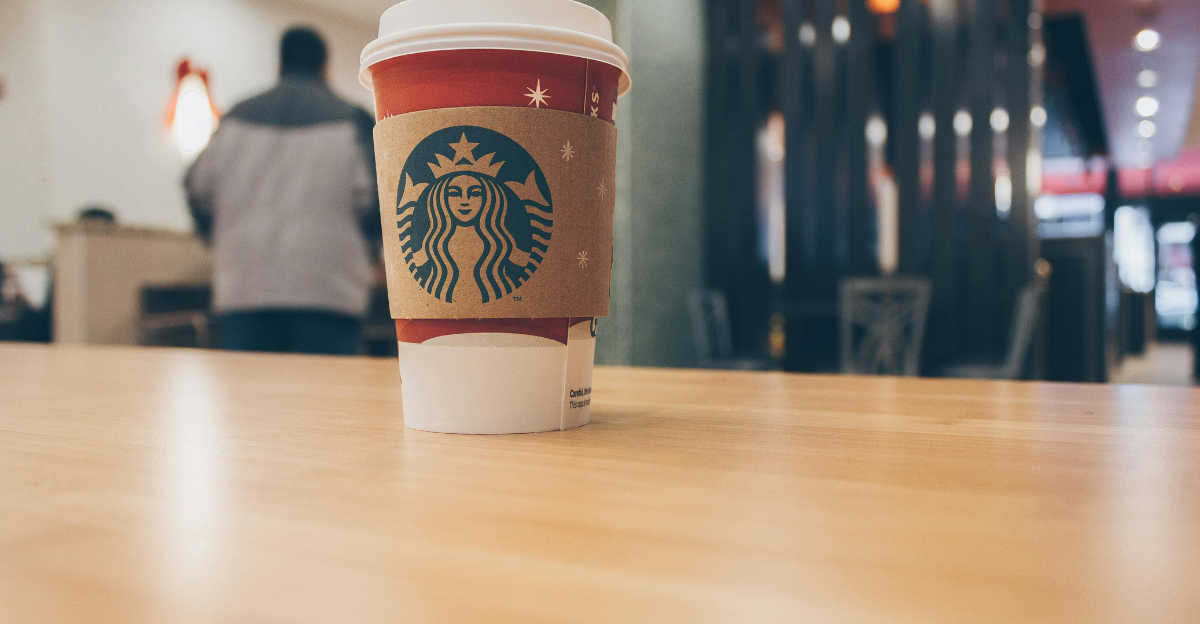
The traditional atmosphere that Starbucks once controlled was destroyed by the unrelenting digital and operational policies that prioritized app orders. In place of thousands of cozy, plush seats, stores were transformed into speedy, minimalist pick-up stations with backless stools that discouraged loitering.
This gap was filled by rivals such as independent roasters and specialty coffee shops, who increased their emphasis on warm, inviting environments and genuine human connections. These shifts were mirrored in Starbucks’ own market data, which showed a sharp decline in the average amount of time spent on the property and a decrease in casual dining add-on sales.
Historical Similarities: Human Rituals and Tech Bubbles

The Starbucks story follows well-known trends in the emergence and demise of technologically driven disruptions that disregard fundamental human nature. As evidenced by WeWork’s over-hyped co-working utopia and restaurant chains that over-automated ordering only to alienate customers, Silicon Valley has a history of assuming that digitization can replace analog rituals.
Starbucks has drawn comparisons to historic “third spaces”, public gathering spots that foster community ties outside of the marketplace, by reintroducing tactile elements like communal tables. A larger cultural critique of tech hubris is based on the understanding that technology should enhance human interaction rather than replace it.
Policy Revision: No More Open Doors
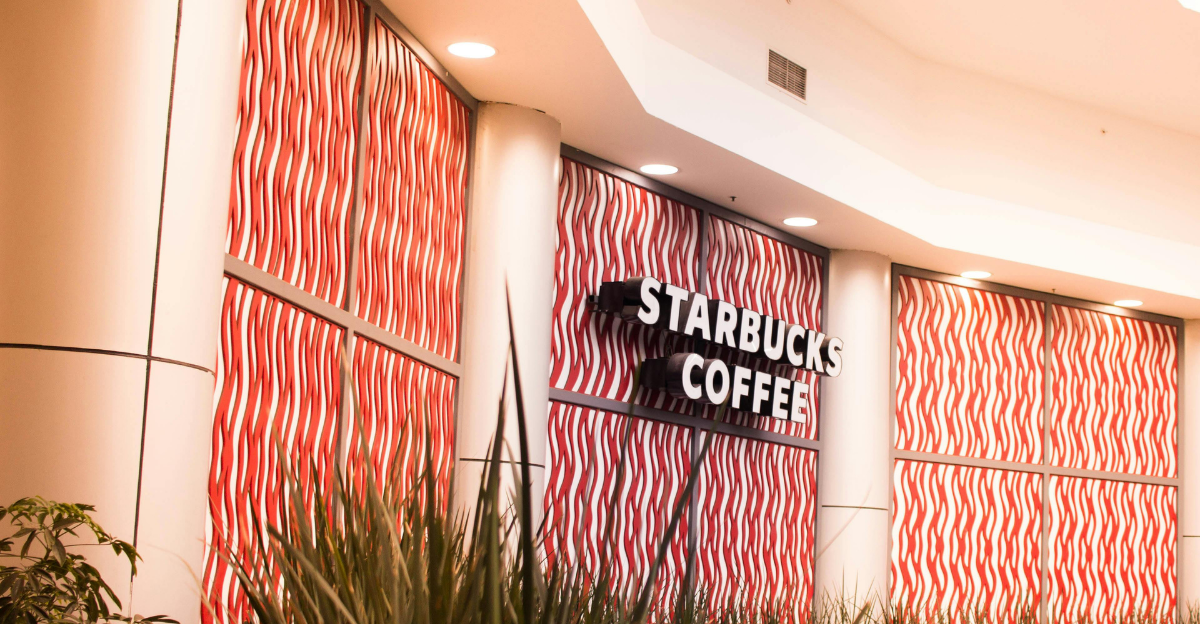
Starbucks now requires all visitors to purchase an item before entering, reversing an open-door policy that was in place after the pandemic that permitted non-purchasing guests to occupy café space. In light of staffing shortages, this contentious policy change is motivated by a desire to preserve the comfort of paying customers and demonstrate respect for employee workload.
This change is in line with Starbucks’ strategic focus on developing a curated, high-end experience as opposed to a public road. For a brand that once prioritized inclusivity above all else, this delicate balancing act between accessibility and exclusivity represents a complex evolution.
Challenging Conventional Wisdom
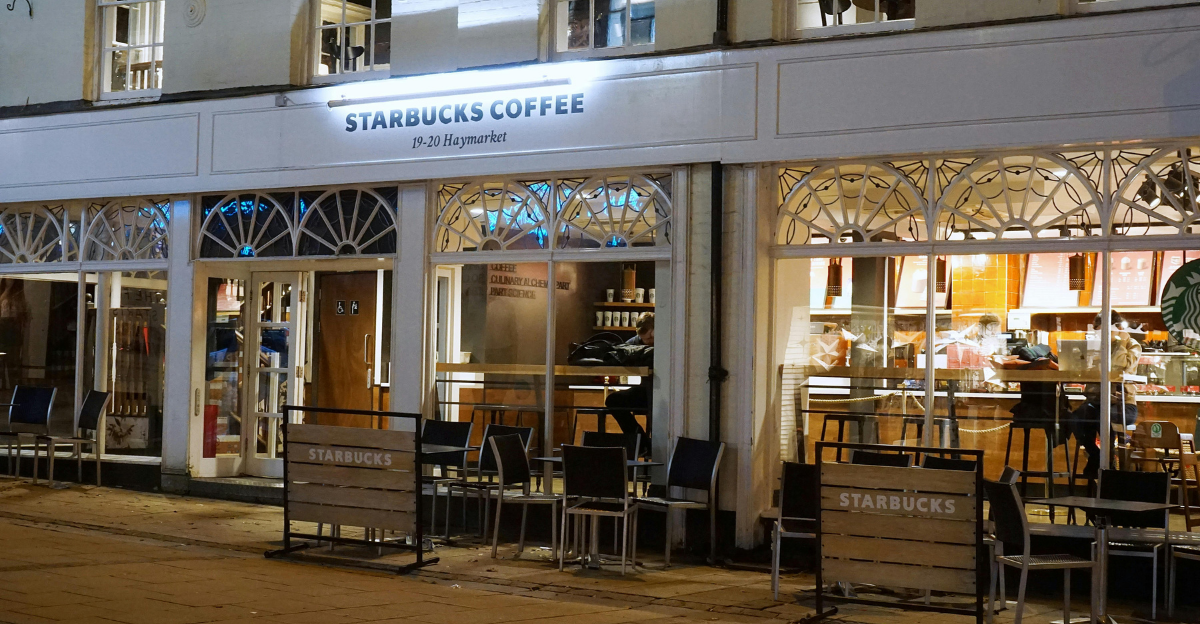
Instead of juggling a confusing number of options, the simplification enables partners (employees) to concentrate more on customer service and product quality. Self-service condiment bars, which had been phased out during the app era, are being brought back to encourage interaction and give customers the freedom to customize their drinks.
In order to humanize the transaction and encourage repeat business, baristas are urged to bring back handwritten names and customized messages on cups, which were a defining feature of early Starbucks charm. A new definition of efficiency, not just speed, but meaningful engagement that fosters customer satisfaction and brand advocacy, is represented by this fusion of operational discipline and warmth.
Questioning the Typical Knowledge Regarding Digital Loyalty

The limitations of using digital rewards as a stand-in for emotional brand loyalty are best illustrated by Starbucks’ experience. Starbucks saw a decline in in-store satisfaction metrics during the app-led growth phase, despite strong app engagement fueled by marketing campaigns and point accrual. Consumers became disenchanted with transactional incentives and began to yearn for genuine connection and meaningful engagement.
As gamification fatigue sets in, many industry peers, from retail chains to airlines, face comparable challenges. Starbucks’ acknowledgment that interpersonal relationships are more important than virtual points portends a strategic move toward “loyalty beyond the app,” where experiential differentiation will become crucial.
Second-Order Impacts: The Renaissance of Retail

Beyond coffee, Starbucks’ rejection of app-dominant design is likely to have an impact on the larger retail and service industries that are struggling with digital saturation. Starbucks’ experiment may cause specialty grocers, boutique fitness centers, and bookshops to reevaluate how they strike a balance between technology and physicality.
This could be framed by economists and cultural critics as a component of a broader “experience economy” that emerged after the pandemic, in which customers are willing to pay more for social belonging and authenticity. But there are risks associated with this renaissance as well; brands need to steer clear of gimmicks or shallow nostalgia in favor of creating truly immersive, inclusive spaces that appeal to a wide range of demographics and fractured urban geographies.
Contrarian Case Study: Belonging, Luxury, and Scarcity

Psychologically, Starbucks’ decision to limit free seating and create comfortable, constrained spaces draws on the concepts of scarcity and status signaling found in behavioral economics. Since apps commodify convenience, real “third places” become rare and significant havens that attain luxury status.
This model defies the dominant tech trend that prioritizes user scale over intimacy. Customers prioritize identity and emotional connection over transactional efficiency in the Starbucks experiment, which can serve as a model for other brands aiming to win over tribal loyalists.
Regaining the Soul of the Brand
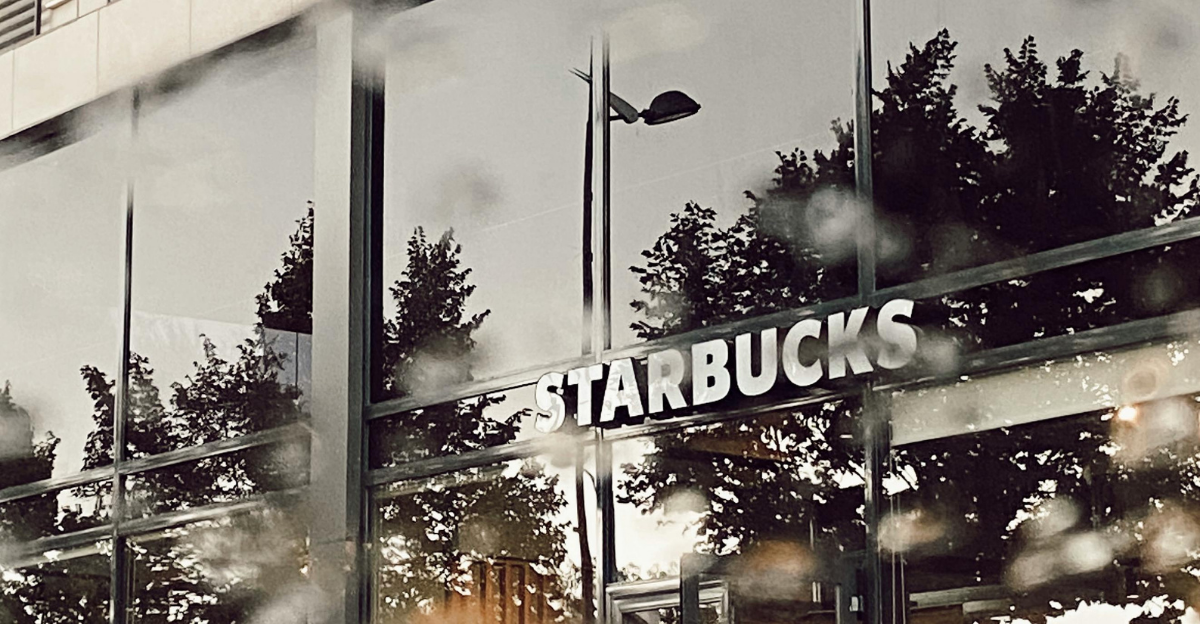
By declaring war on “App Americans,” Starbucks is opposing a digital monoculture that threatens to undermine customer satisfaction and brand meaning rather than rejecting progress. A strategic reinvention that respects the tactile, communal roots of coffee culture is indicated by the physical renovation of over 1,000 locations, operational simplifications, and a renewed focus on human interaction.
Brands across all industries can learn a valuable lesson from this shift in focus from algorithmic optimization to emotional resonance: technological innovation must be driven by human-centered values or risk alienation. If successful, Starbucks’ risk could completely reshape the retail industry by demonstrating the timeless value of location, narrative, and authentic service in a technologically driven society.